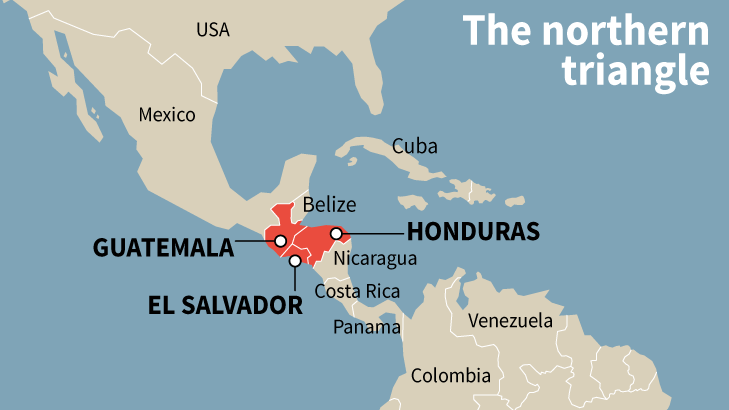RIO DE JANEIRO, BRAZIL – The US plan to address irregular migration in Central America includes, on the one hand, attention to the causes that force people to leave their places of origin, the management of migration flows in the countries of the Northern Triangle, and the expansion of legal channels for migration.
This was stated in an interview with Efe by the US Special Envoy for the Northern Triangle, Ricardo Zúñiga, and the Deputy Assistant Secretary of the State Department’s Bureau of Population, Refugees, and Migration, Marta Costanzo Youth, when analyzing the plan led by the U.S. Vice President, Kamala Harris.

Zúñiga explained that this initiative “combines a focus on working together to manage the problem of irregular migration and a comprehensive effort to try to improve the conditions” that drive this phenomenon.
The envoy stressed that irregular immigration is not “something episodic”. Hence, one of the program’s strategies is to address issues such as governance, fostering conditions for economic growth, curbing domestic violence, and mitigating the effects of the climate crisis, among others.
For her part, Youth alluded to a second collaboration strategy “to manage migration in the region”, not to prevent it, as well as to “broaden and expand access to legal channels” that allow people traveling to the United States to do so “legally”.
She mentioned among the eight lines of action included in this policy: attention to people in precarious situations, building and improving asylum systems in the region, helping internally displaced persons, and labor migration plans and reintegration services.
CANADA, COSTA RICA, AND MEXICO, AS EXAMPLES
The undersecretary referred to successful examples that the U.S. could draw on, such as Costa Rica, which has received Nicaraguans and people from other countries in the region, and Mexico, whose Commission for Refugee Assistance (COMAR) has “improved all its systems.”
“In recent years, many thousands of people have tried to seek asylum in Mexico,” said the official, who said that Costa Rica has also been a “very generous host”.
Both countries also have temporary worker programs, mainly for agricultural workers.
The U.S. is also working with Canada to ensure that other nations can offer protection for people from the region, said the official.
CENTERS FOR MIGRANTS
Another collaborative initiative is the Migration Resource Centers, the first of which was established in Guatemala. Youth is described as spaces where people can inquire about international protection options or legal resources for migration.
“There is a lot of information in the region that is wrong,” he said, confirming that more centers will be built in the coming months.
He clarified that it is a different proposal from the Asylum Cooperation Agreements (ACA) signed by the government of the now-former President Donald Trump (2017-2021) to return to Central America people who arrived at the border, and that was only implemented with Guatemala, even though they were also signed by El Salvador and Honduras.
These centers, he said, will be places where people will arrive on their own; they will not be sent “by others”.
FIGHT AGAINST CORRUPTION, A CONDITION
On the fight against corruption, Zúñiga assured that it is an emphasis linked “to the wishes” of Central American citizens and does not obey a “U.S. agenda”.
“What we are doing is supporting the actors who have the political will and the capacity to try to improve the conditions of their fellow citizens,” said the envoy, for whom it is not only something that citizens ask for but also the companies that seek to create opportunities in that region.
“We see it as a fundamental condition, and we are going to work with governments and government actors, but also with civil society and the private sector to strengthen the rule of law in Central America,” he concluded.
Source: efe

